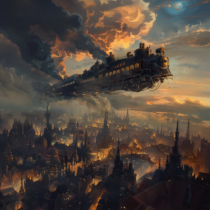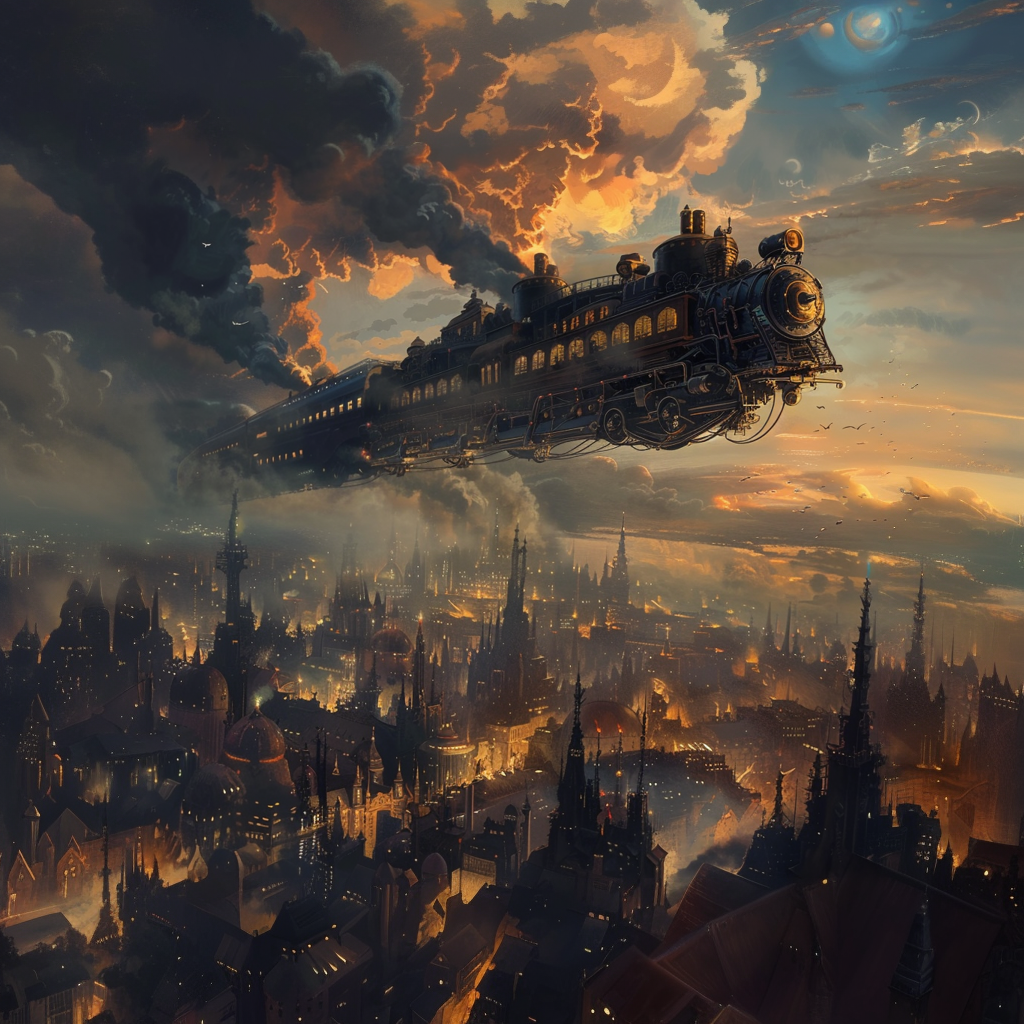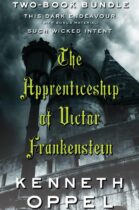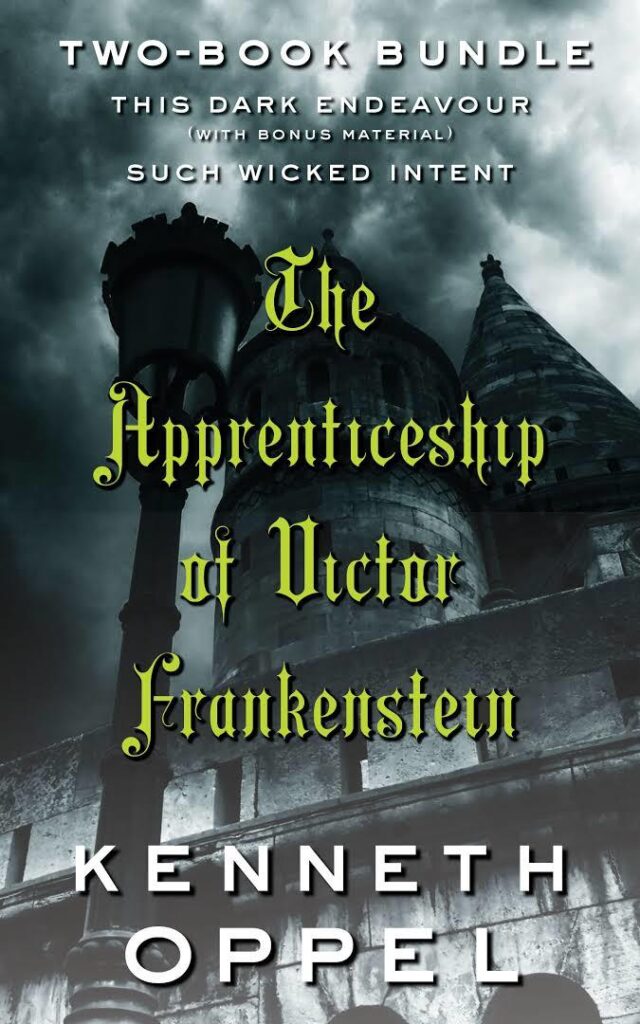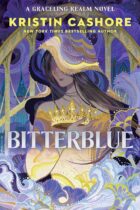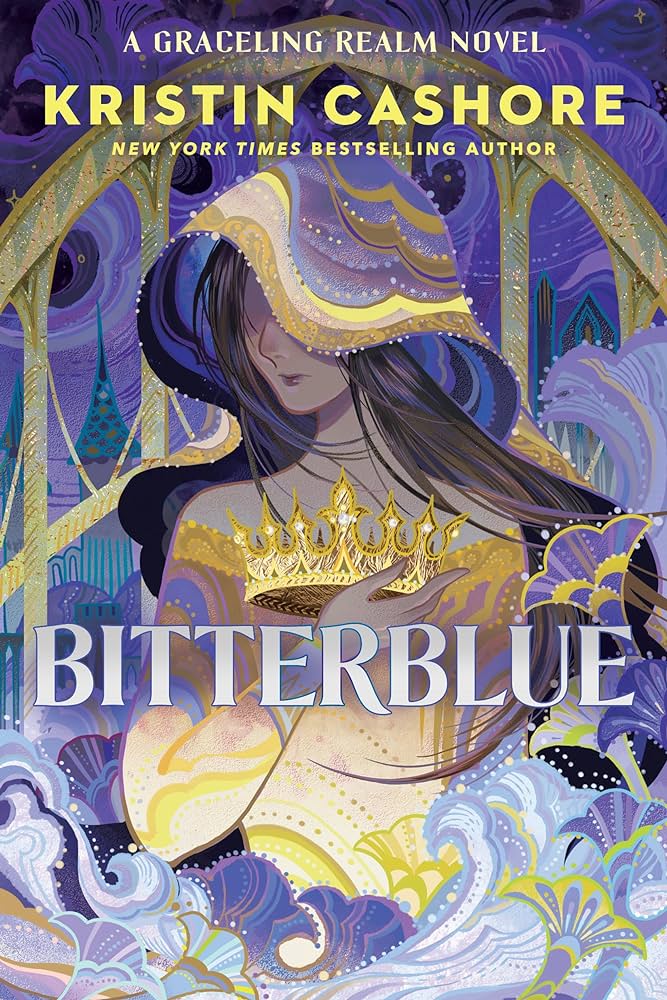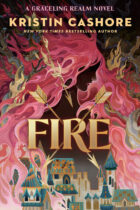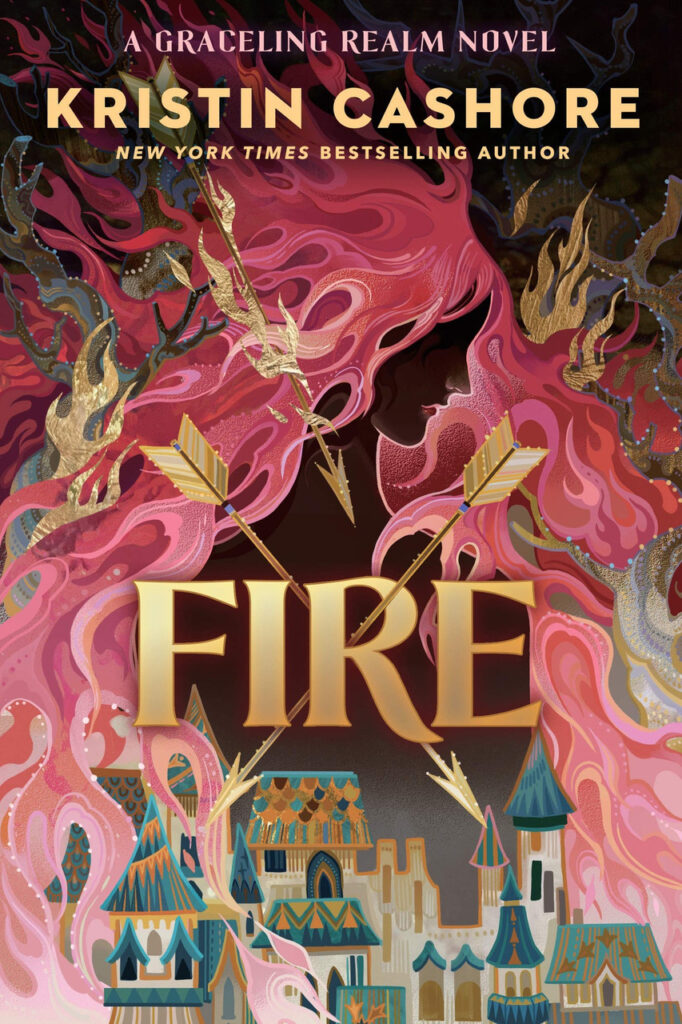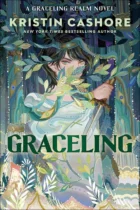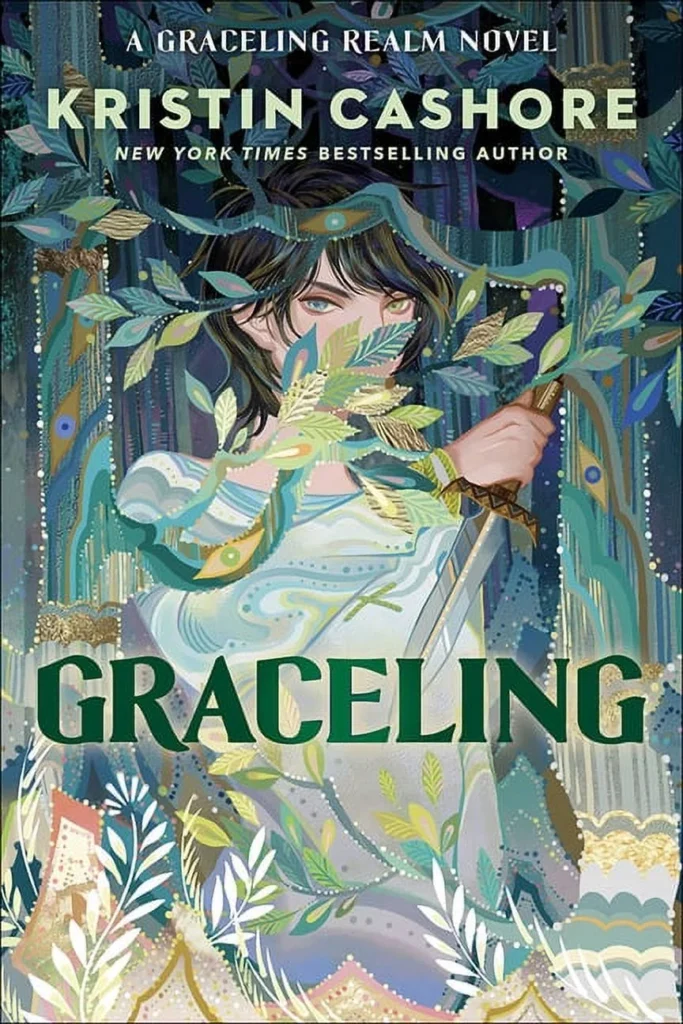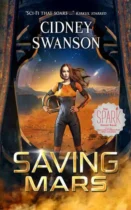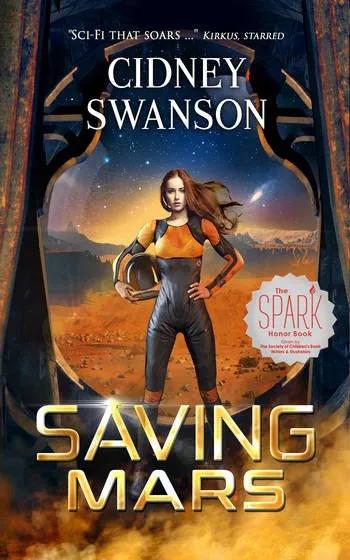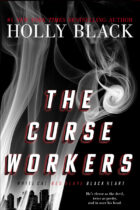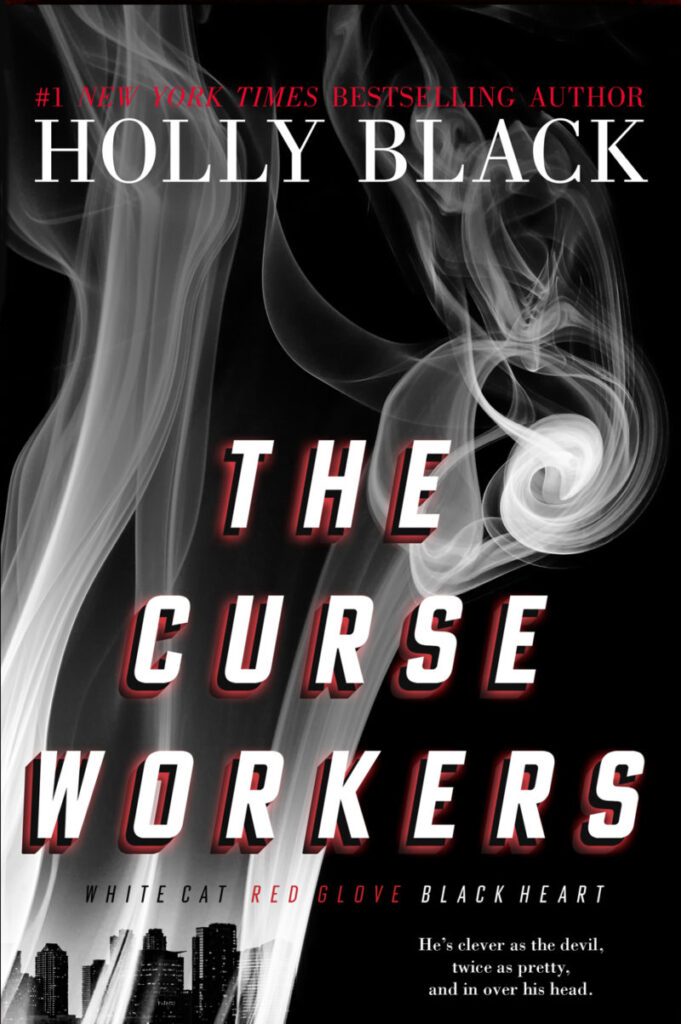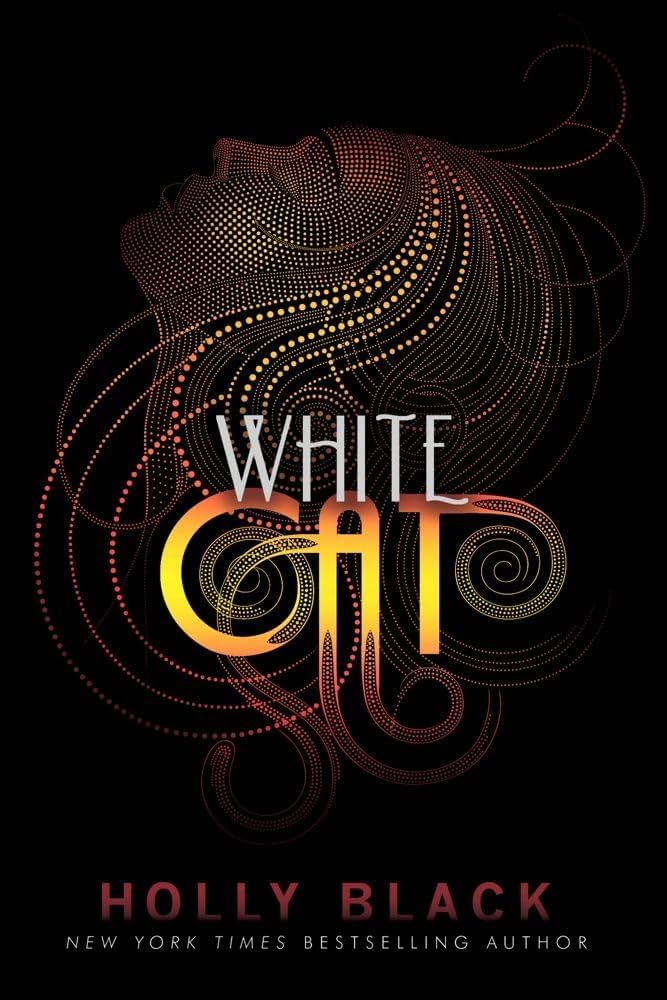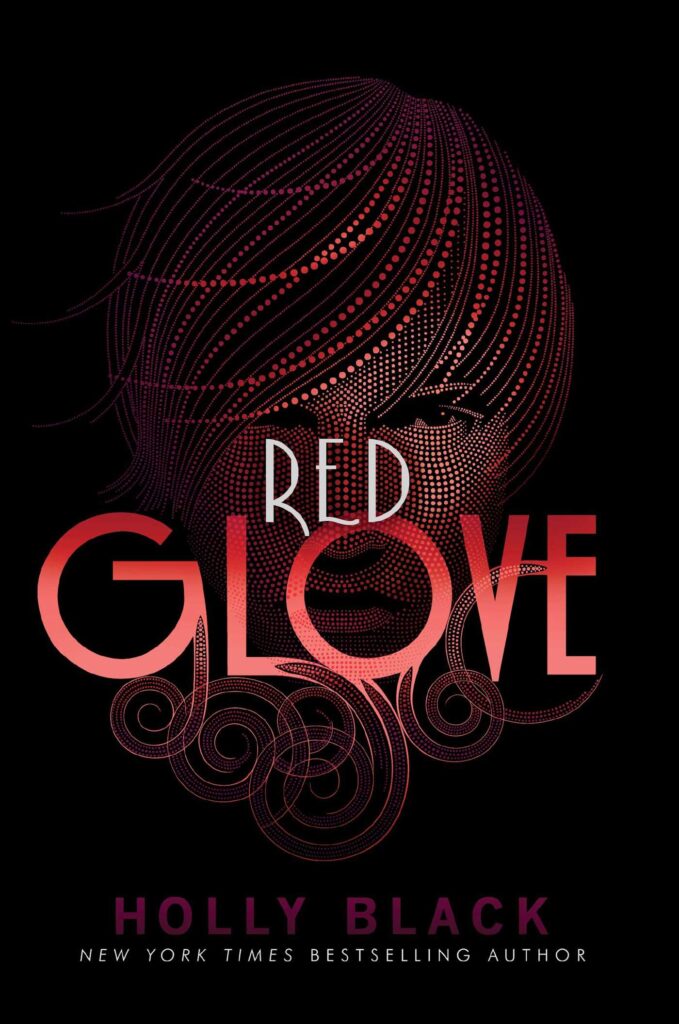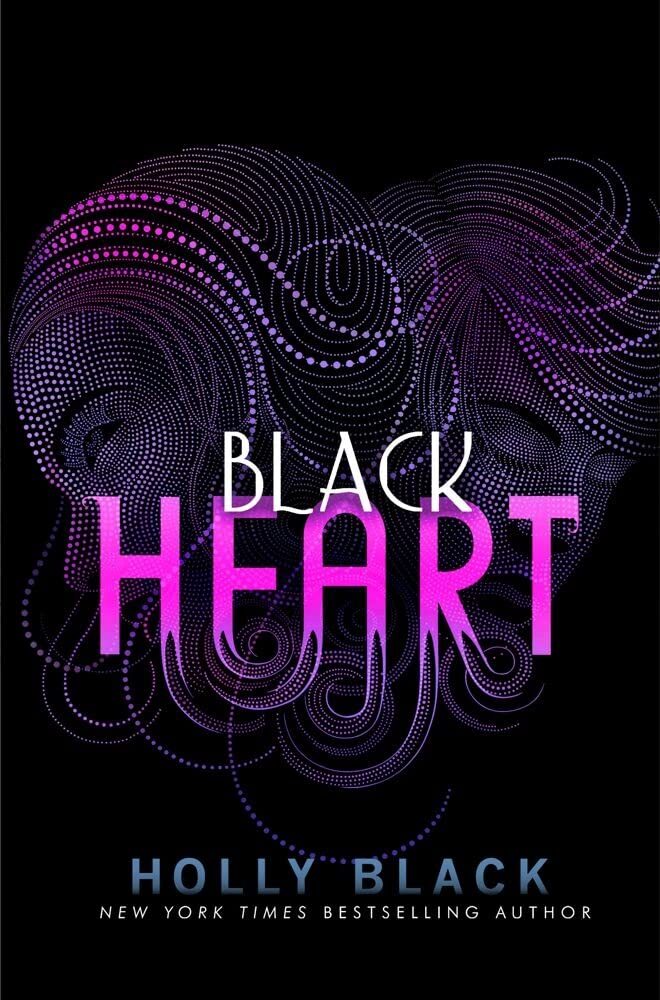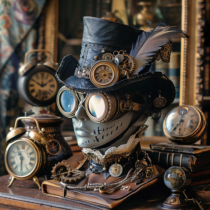
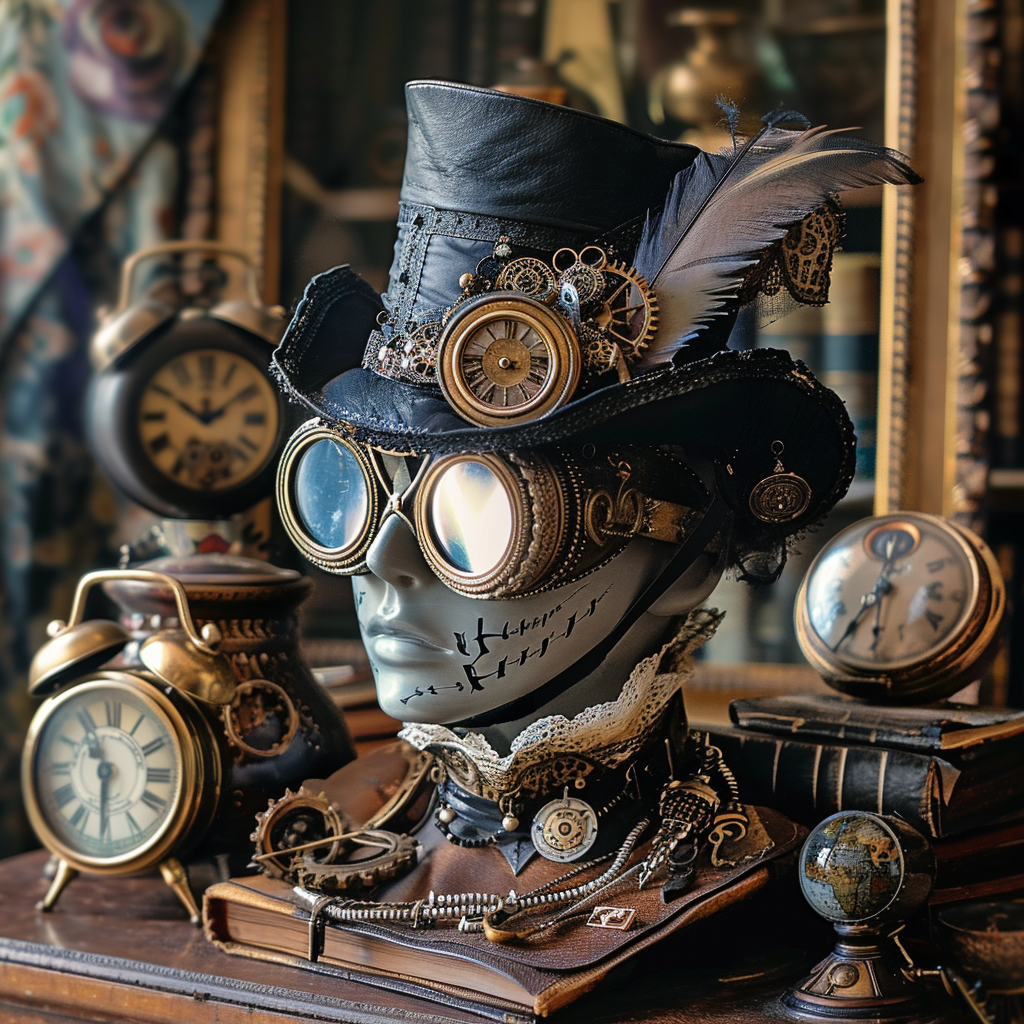
The Quiddity of Speculation: Great Steampunk Reads
HELLO Again, Writers!
Welcome to Part Two of The Quiddity of Speculation: Steampunk 101! Saturday, we talked about the makings of a Steampunk story. In this post, we’ll discuss a few fantastic Steampunk reads. It’s such a rapidly-growing subgenre that I’ve chosen to break this post into sections to give you a little taste of everything. As you read this post, please be aware that there are loads of Steampunk books out there—and more being published all the time—and please don’t let your reading be limited by my choices.
{—SERIES—}
ONE of my favorite aspects of the Steampunk subgenre is that it often features girls behaving badly, or rather, bucking the conventions set forth for them by society. Gail Carriger is one author who truly shines in this area. Carriger’s Parasol Protectorate Series (Orbit, 2009-2012) consists of five novels about Alexia Tarabotti, a half-Italian spinster born without a soul—all of which complicates her standing in London society. The first book, Soulless (2009), received an Alex Award from the Young Adult Library Services Association and was nominated for a Locus Award for best first novel. In a society where vampires and werewolves and are accepted as members of society, Alexia’s soulless state leaves supernatural beings unable to target her. But when a vampire attacks her and she kills him, she becomes suspected in a rash of vampire disappearances and embroiled in a fun, fast-paced mystery. The Parasol Protectorate is a fabulous, funny blend of Supernatural, Steampunk, and mystery.
IN 2012, Carriger began a spin-off series set in the same world as The Parasol Protectorate and aimed at young adults. In the first book, Etiquette and Espionage (Little, Brown 2013), we meet Sophronia, a girl from a middle-class Victorian family would rather dismantle a clock than learn to serve a proper tea. Desperate to improve Sophronia’s manners, her mother enrolls her in Mademoiselle Geraldine’s Finishing Academy for Young Ladies of Quality. Mademoiselle Geraldine’s isn’t your typical finishing school, though—along with dining and dancing and etiquette, the girls are taught the fine arts of deception and espionage. This book is rousing fun and the start of a promising series. Carriger follows up with Curtsies and Conspiracies.
**Since this post was first published, two more books in the Finishing School Series were released, shown above, in addition to The Delightfully Deadly Series, which are also set in the Protectorate universe.
ONE of the classics of the Steampunk subgenre is Philip Pullman’s His Dark Materials Trilogy. Pullman excels in overall world-building in this trilogy, which consists of The Golden Compass [US] / The Northern Lights [UK] (1995), The Subtle Knife (1997), and The Amber Spyglass (2000, all Scholastic). The two main characters, Lyra and Will, live in a world where each person is protected by a personal guardian known as a daemon, the animal embodiment of their innermost being. The trilogy is extremely thought-provoking, drawing inspiration from physics, religion, and other disciplines as well as parallels to classic literature, even taking its title from Milton’s Paradise Lost. With strong religious elements, His Dark Materials often draws criticism for being anti-Christian, but the religious elements are just one of many courses in the banquet of food for thought provided by this wonderful fantasy read.
MY first exposure to Steampunk—and my favorite to date—was Scott Westerfeld’s Leviathan Trilogy. In the first book, Leviathan (Simon and Schuster, 2009), we meet Alek, Crown Prince of Austria-Hungary and son of Archduke Franz Ferdinand, on the very night that his parents are assassinated by the Serbs. Alek runs for his life along with two of his tutors as war breaks out between the Clanker (Axis) and Darwinist (Allied) nations. As the world goes to war with huge animal-shaped machines on the Clanker side and the Darwinists’ giant floating ecosystems of genetically engineered creatures, Alek forms an unlikely alliance with Dylan Sharp, a Darwinist fighting in the British Air Service…and gets more than he bargained for when he finds out that Dylan is really a girl named Deryn. The trilogy continues with Behemoth (2010) and Goliath (2011), providing a wonderful Alternate History of World War I from start to finish. All three volumes also feature the art of Keith Thompson, and the illustrations are a treat in their own right and a bonus factor to the well-crafted story. In 2012, Westerfeld and Thompson collaborated once more on The Manual of Aeronautics, further exploring the world of the Leviathan Trilogy and giving a broader stage to Thompson’s artwork.
{—SHORT STORY COLLECTIONS—}
IN 2011, editors Kelly Link and Gavin J. Grant (wife and husband) teamed up with a host of popular Young Adult authors to produce Steampunk! An Anthology of Fantastically Rich and Strange Stories (Candlewick). This anthology features contributions from Libba Bray, Cassandra Clare, Cory Doctorow, Holly Black, and many others. Don’t let the Young Adult tag fool you—there’s truly something in this volume for everyone, as it brings Steampunk to such unexpected places as the wild American west and features everything from Time Travel to supercomputers to comic strips.
Queen Victoria’s Book of Spells (Tor, 2013), edited by Terri Windling and Ellen Datlow, is another fantastic Steampunk short story collection. In addition to containing great short fiction from such familiar names as Gregory Maguire, the introduction to this book contains one of the best definitions of Steampunk I have ever read, as well as an exploration of the popularity of fantasy stories during the Victorian era. If you’re looking for a good way to start exploring Steampunk, Queen Victoria’s Book of Spells is an invaluable resource.
{—NONFICTION BONUS—}
YES, we’re Speculative Fiction freaks here at The Bearded Scribe…but sometimes our obsession becomes a little too much and must come off the page. SteamDrunks: 101 Steampunk Cocktails and Mixed Drinks by Chris-Rachael Oseland and Vicktoria Riley (Palmyran Rebels, 2012) is a perfect quick read and just the book to throw in your bag for your next con or cosplay event. As its title indicates, SteamDrunks contains recipes for over a hundred cocktails as well as a guide to stocking your bar with period-correct spirits. You don’t have to be a drinker to appreciate this book, either. I’m a teetotaler, but I couldn’t help laughing out loud at some of the instructions that go along with these recipes, such as “toast the fact that your family probably won’t die of river poisoning tonight, and drink until you pass out.” After I laughed my way through this book in one sitting, I bought it for Joshua last Christmas.
{—CONCLUSION—}
THESE titles are just a sampling of what’s available in Steampunk literature, and more is being published every day. Now that I’ve told you about my favorites, won’t you please tell me about yours with a comment on this post?
Until next time, Keep Calm and Scribe On!

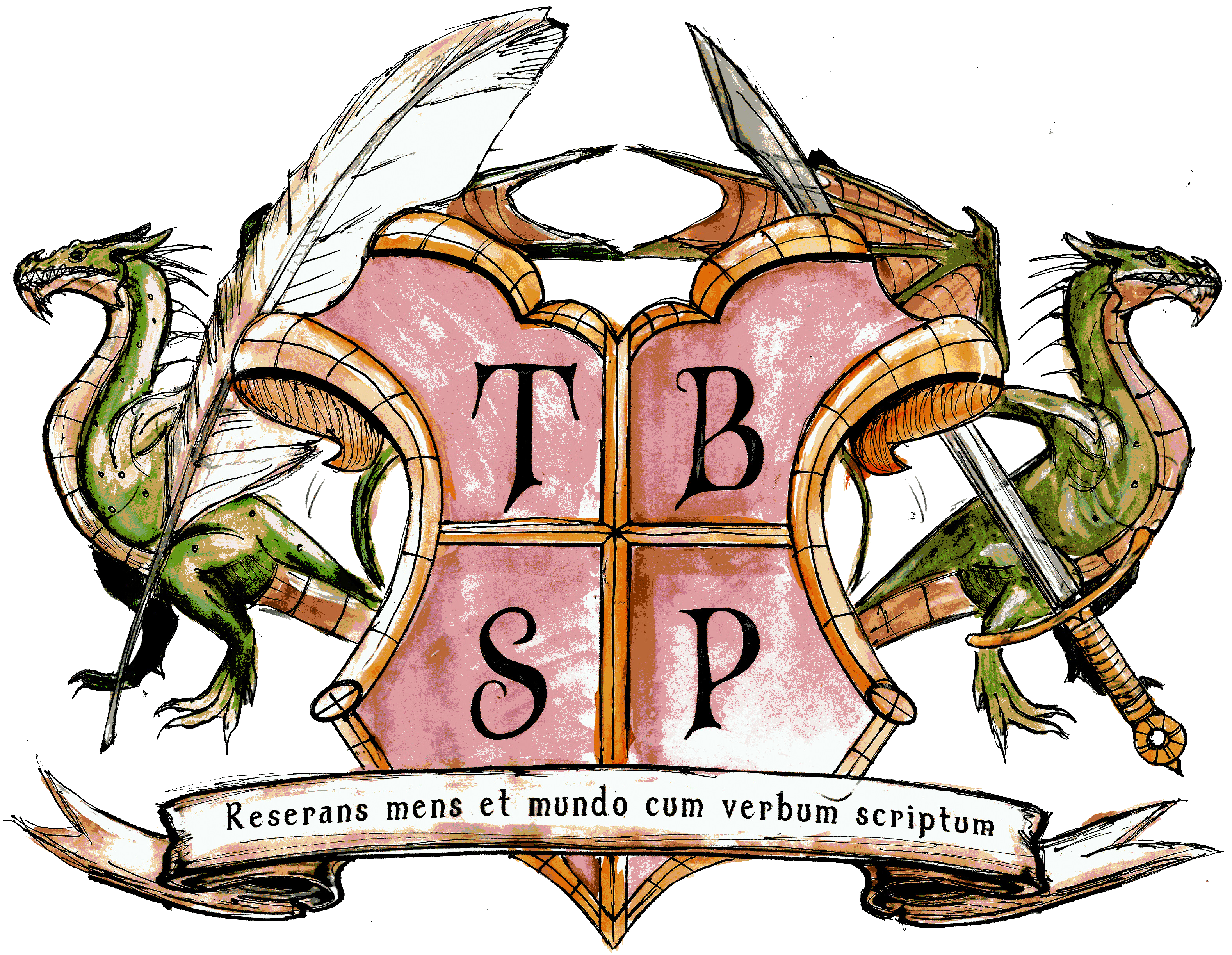
![[Book Cover] Soulless (Parasol Protectorate, Book 1) by Gail Carriger](https://m.media-amazon.com/images/I/81-L4SFyQWL._SL1500_.jpg)
![[Book Cover] Changeless (Parasol Protectorate, Book 2) by Gail Carriger](https://m.media-amazon.com/images/I/818oacaT4hL._SL1500_.jpg)
![[Book Cover] Blameless (Parasol Protectorate, Book 3) by Gail Carriger](https://m.media-amazon.com/images/I/91f1MOQCQGL._SL1500_.jpg)
![[Book Cover] Heartless (Parasol Protectorate, Book 4) by Gail Carriger](https://m.media-amazon.com/images/I/91EulWD11NL._SL1500_.jpg)
![[Book Cover] Timeless (Parasol Protectorate, Book 5) by Gail Carriger](https://m.media-amazon.com/images/I/91m23lH72uL._SL1500_.jpg)
![[Book Cover] Etiquette & Espionage (Finishing School Series Book 1) by Gail Carriger](https://m.media-amazon.com/images/I/91uGLsyPFlL._SL1500_.jpg)
![[Book Cover] Curtsies & Conspiracies (Finishing School Series Book 2) by Gail Carriger](https://m.media-amazon.com/images/I/91UuxadhvSL._SL1500_.jpg)
![[Book Cover] Waistcoats & Weaponry (Finishing School Series Book 3) by Gail Carriger](https://m.media-amazon.com/images/I/91PcOQd-kwL._SL1500_.jpg)
![[Book Cover] Manners & Mutiny (Finishing School Series Book 4) by Gail Carriger](https://m.media-amazon.com/images/I/81idWpFSAqL._SL1500_.jpg)
![[Book Cover] The Golden Compass (His Dark Materials, Book 1) by Philip Pullman](https://m.media-amazon.com/images/I/91tQV6W9A4L._SL1500_.jpg)
![[Book Cover] The Subtle Knife (His Dark Materials, Book 2) by Philip Pullman](https://m.media-amazon.com/images/I/91YhemXdHtL._SL1500_.jpg)
![[Book Cover] The Amber Spyglass (His Dark Materials, Book 3) by Philip Pullman](https://m.media-amazon.com/images/I/81uz9hTqobL._SL1500_.jpg)
![[Book Cover] Leviathan (Leviathan Trilogy, Book 1) by Scott Westerfeld](https://m.media-amazon.com/images/I/91IQYpdIfcL._SL1500_.jpg)
![[Book Cover] Behemoth (Leviathan Triology, Book 2) by Scott Westerfeld](https://m.media-amazon.com/images/I/91onLmSeueL._SL1500_.jpg)
![[Book Cover] Goliath (Leviathan Trilogy, Book 3) by Scott Westerfeld](https://m.media-amazon.com/images/I/91BDj9U7OYL._SL1500_.jpg)
![[Book Cover] The Manual of Aeronautics: An Illustrated Guide to the Leviathan Series by Scott Westerfeld](https://m.media-amazon.com/images/I/A1e-gqCOqvL._SL1500_.jpg)
![[Book Cover] Steampunk! An Anthology of Fantastically Rich and Strange Stories, edited by Kelly Link & Gavin J. Grant](https://m.media-amazon.com/images/I/8155cmc877L._SL1200_.jpg)
![[Book Cover] Queen Victoria's Book of Spells: An Anthology of Gaslamp Fantasy edited by Ellen Datlow & Terri Windling](https://m.media-amazon.com/images/I/81OMb9LtEYL._SL1500_.jpg)
![[Book Cover] SteamDrunks: 101 Steampunk Cocktails and Mixed Drinks by Chris-Rachael Oseland](https://m.media-amazon.com/images/I/71EULHFHbWL._SL1360_.jpg)
